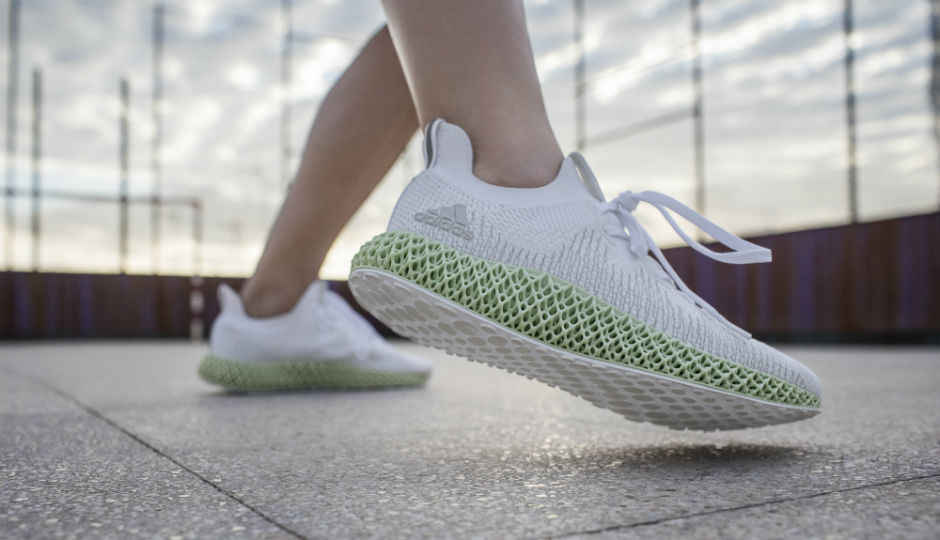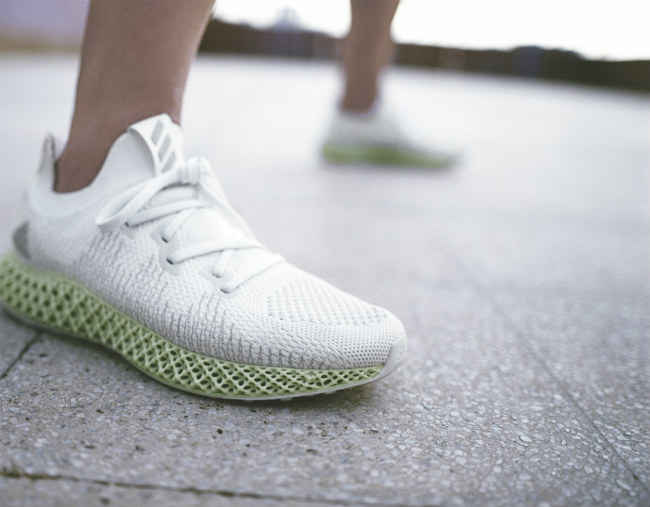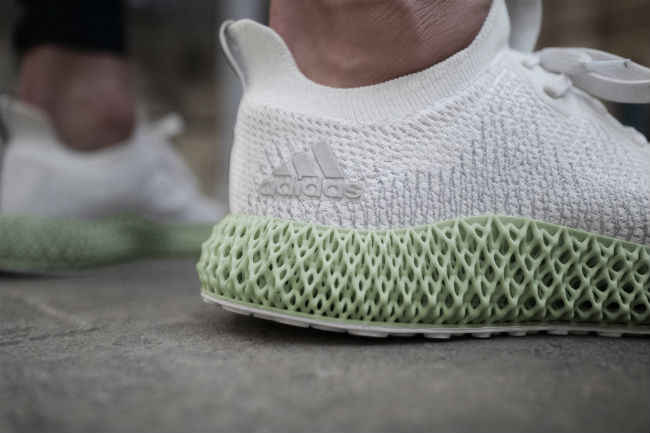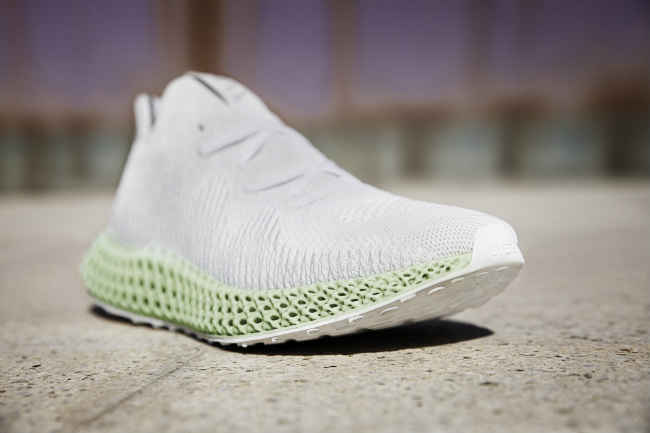Here’s how Adidas aims to push boundaries of sports shoe technology with the Adidas 4D midsole
Adidas says that the Alphaedge 4D provides stability, support and energy return where it’s needed the most. However, manufacturing this is not easy.

The sport shoe is no longer what it used to be. The modern shoe is a blend of technology and art. It’s stunning to look at and its design makes use of space-age technologies. One of the brands that has always been at the forefront of sports shoe innovation is Adidas. The German sportswear giant is known for embracing technology in its products. And with its newest lineup of shoes, the Adidas Alphaedge 4D, the company is taking things to a new level.
 Survey
SurveyThe midsole of a shoe is responsible for a lot. It dictates the durability of the shoe as well as the comfort levels of the shoe itself. The midsole is usually constructed polymers such as EVA or polyurethane. With the Alphaedge 4D, Adidas has taken the traditional and thrown that out the window with the Adidas 4D midsole.

The Alphaedge 4D features a geometric lattice structure as the midsole. The company notes that this provides stability, support and energy return where it’s needed the most. However, manufacturing this is not easy. This structure has to be printed out. However, manufacturing the same in bulk would be tricky. In order to do so, the company partnered with Carbon to mass produce the Adidas 4D midsole for the Alphaedge 4D. Carbon prints the midsole using its proprietary Digital Light Synthesis technology that prints using light and oxygen. It uses digital light projection, oxygen-permeable optics and programmable liquid resins to print high performance durable polymeric products.
The company notes that this technique overcomes the shortcomings of processes like 3D printing, such as low production speed, scale, poor surface quality, colour, and material restrictions. In fact, Carbon says that the technology cuts the time it takes to print a sole from the current hour and a half to as low as 20 minutes per sole. The process works by using light from a custom high performance LED Light Engine to project a series of UV images to a cross section of the object that is printed. This causes the UV curable resin to partially cure in a precisely controlled manner. There is also a oxygen-permeable window located between the LED Light Engine and the resin. This window allows oxygen to pass through, creating a thin liquid interface of uncured resin between the window and the object being printed. This is called the Dead Zone. Here, the oxygen prevents light from curing the resin located directly above the window. This allows the liquid to flow through uninterrupted and the part to be printed. However, at this stage, the part does not have the properties required from the final product. This is done by baking the part in a thermal bath or an oven. This causes a secondary chemical reaction, causing the material to strengthen and achieve the desired properties.
With the Adidas 4D midsole inside the Alphaedge 4D, Adidas continues on its aim of offering high quality sports shoes that make the best of what current technology has to offer. All the while aiming to pushing the boundaries of what is currently possible.
[Sponsored Post]

